Description
Foreword by Heather Goodall
What counts as a wetland, especially in Australia, the driest inhabited continent on earth?
In the name of agriculture, urban growth and and disease control, humans have drained, filled or otherwise destroyed nearly 87 percent of the world’s wetlands over the past three centuries. Only recently have wetlands been widely recognised as worth preserving for their diverse plants, animals, insects, and their human histories.
Examining Australia’s own Murray-Darling Basin, environmental historian Emily O’Gorman shows how people and animals have shaped wetlands since the late nineteenth century. O’Gorman draws on archival research and original interviews to illuminate how Aboriginal peoples acted then and now as custodians of the landscape, how the movements of water birds affected farmers and how mosquitoes have defied efforts to fully understand, let alone control, them.
Situating Australia’s history within global environmental humanities conversations, O’Gorman argues that we need to understand wetlands as socioecological landscapes that transcend the nature-culture divide and to embrace non-Western ways of knowing and being. Only then can we begin to create sustainable relationships with, and futures for, the wetlands.
Specifications:
Publisher: Melbourne University Press
Year: 2024
Format: Paperback
Pages: 261pp
ISBN: 9780522880618










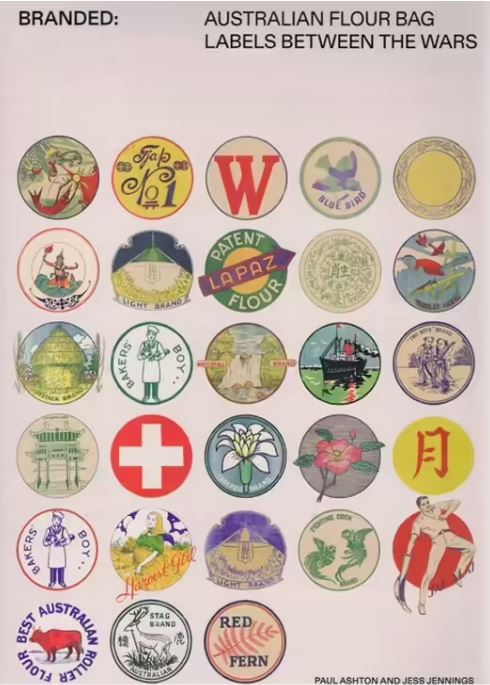
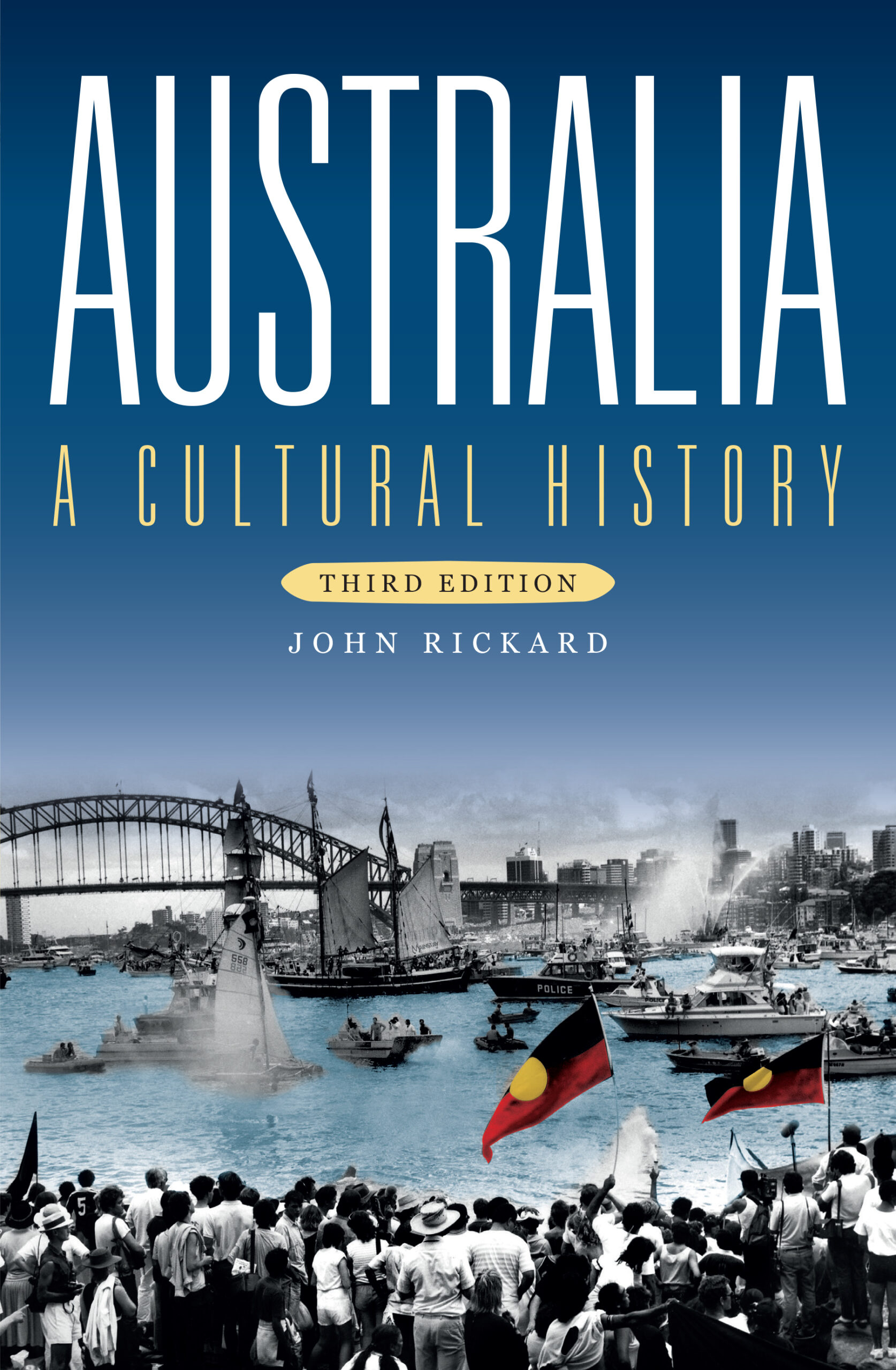
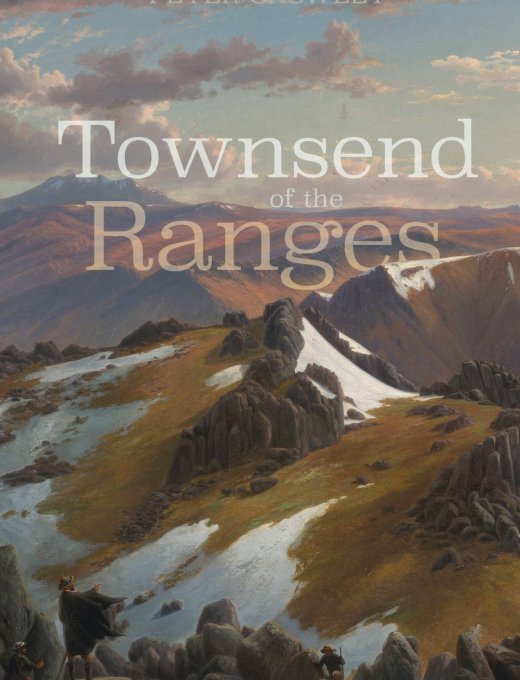

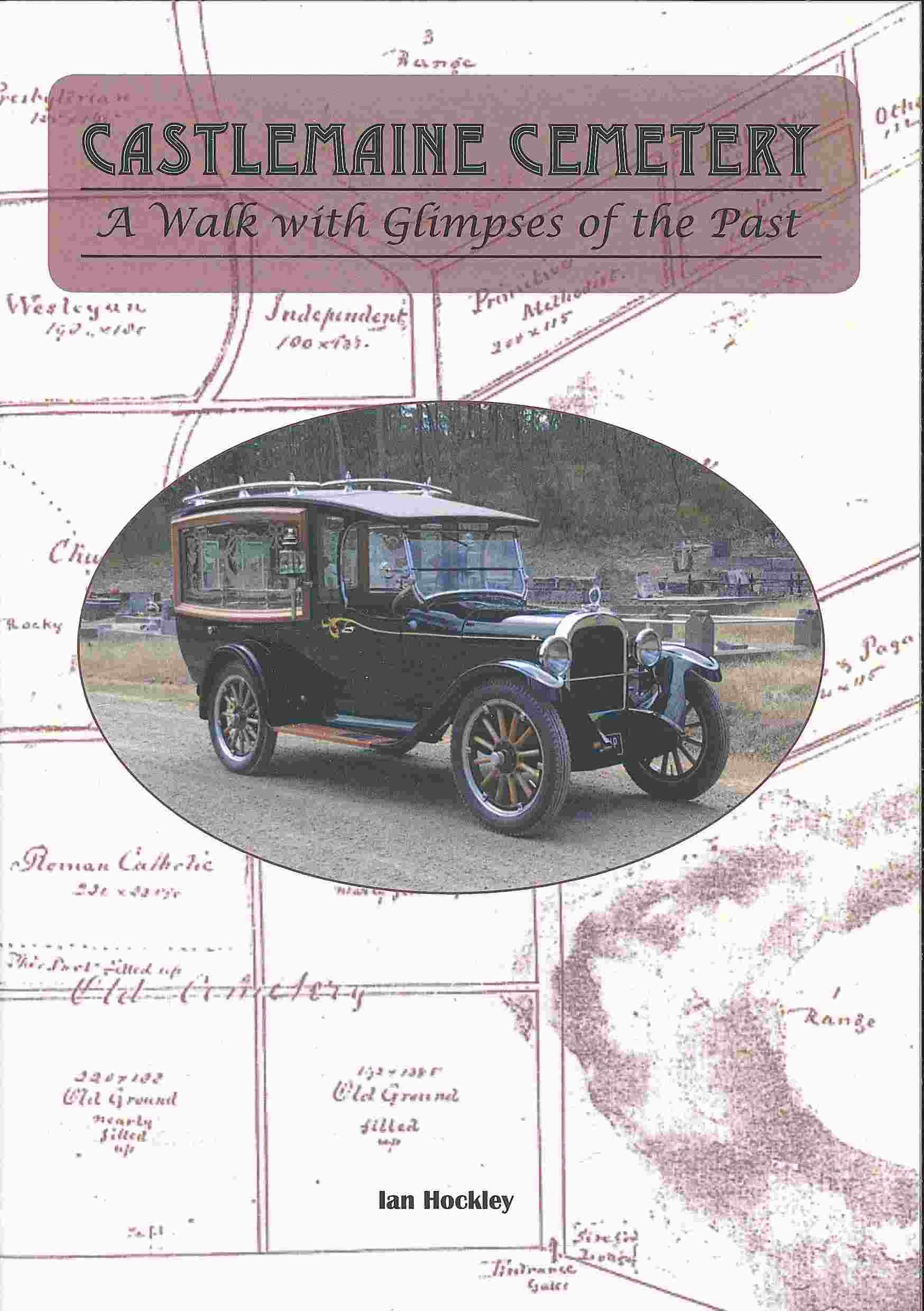

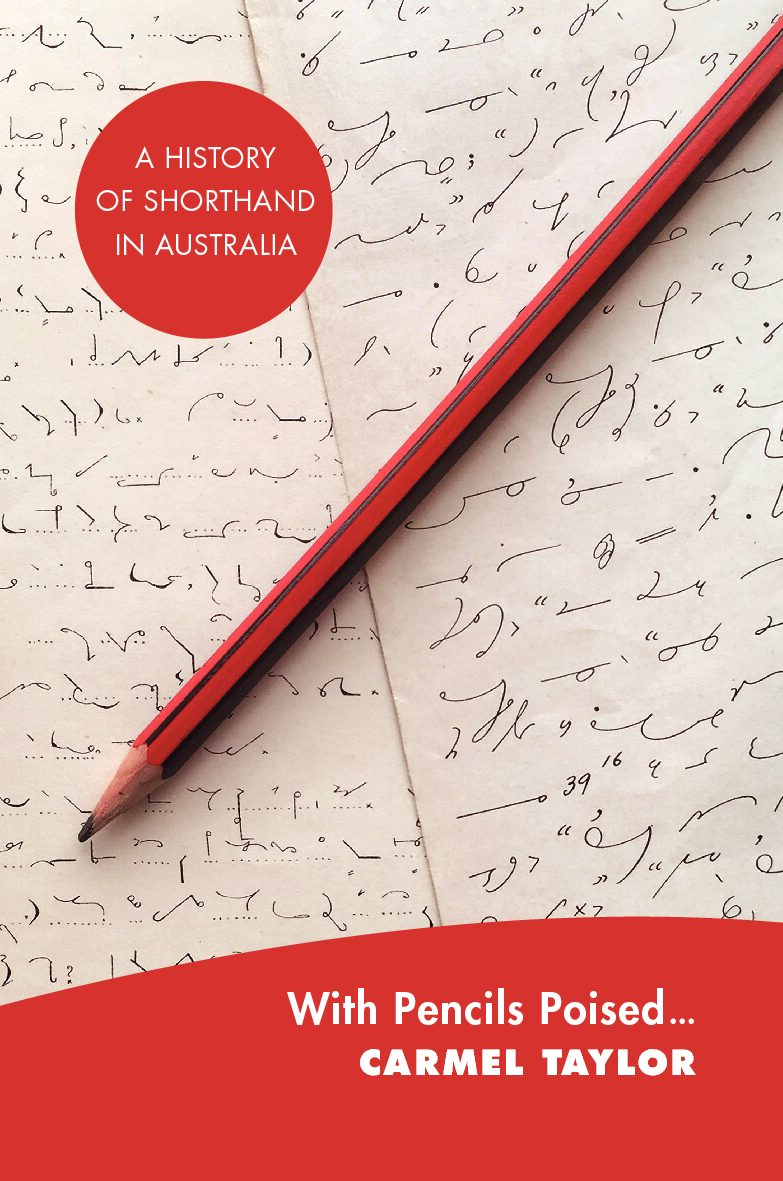
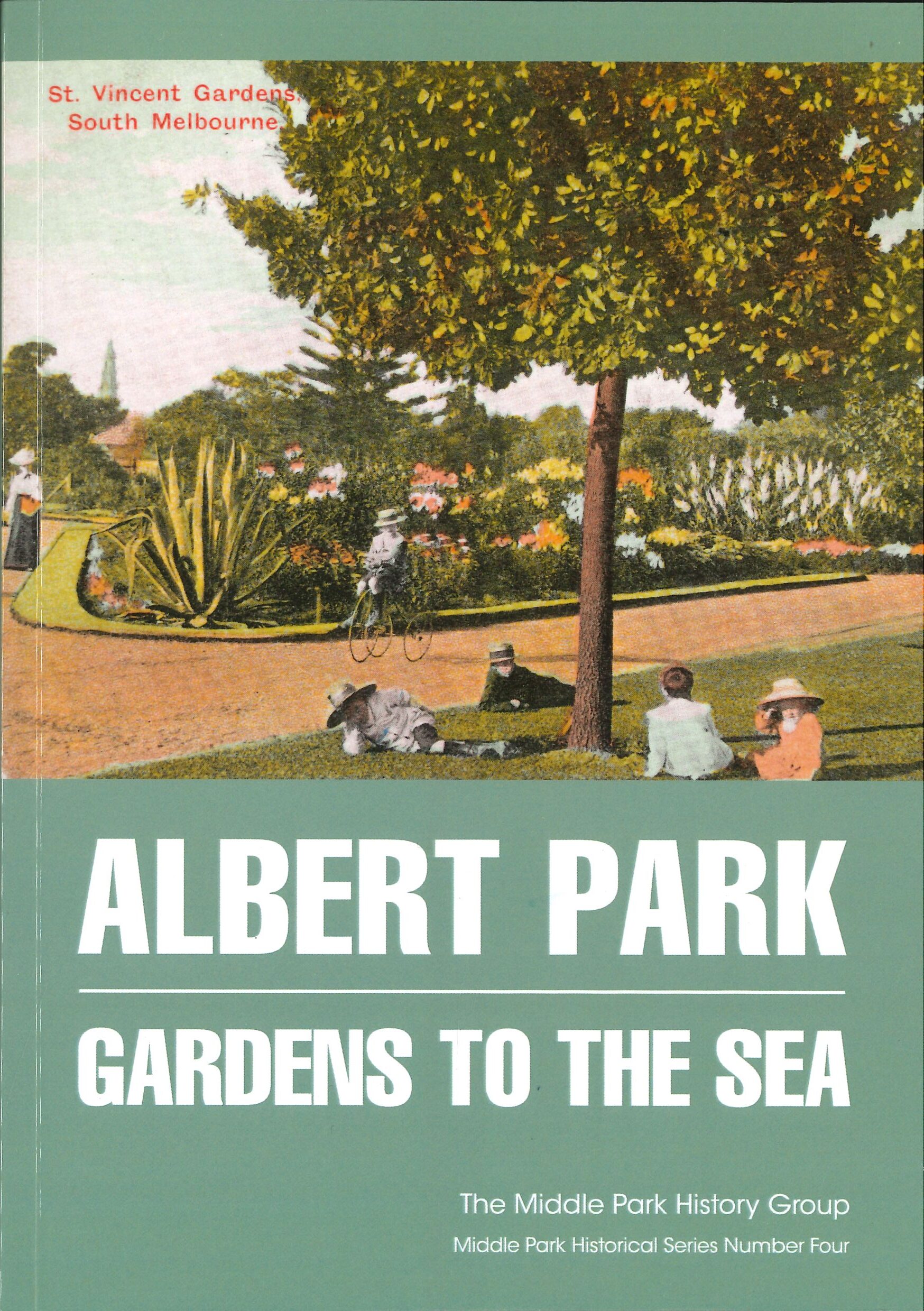

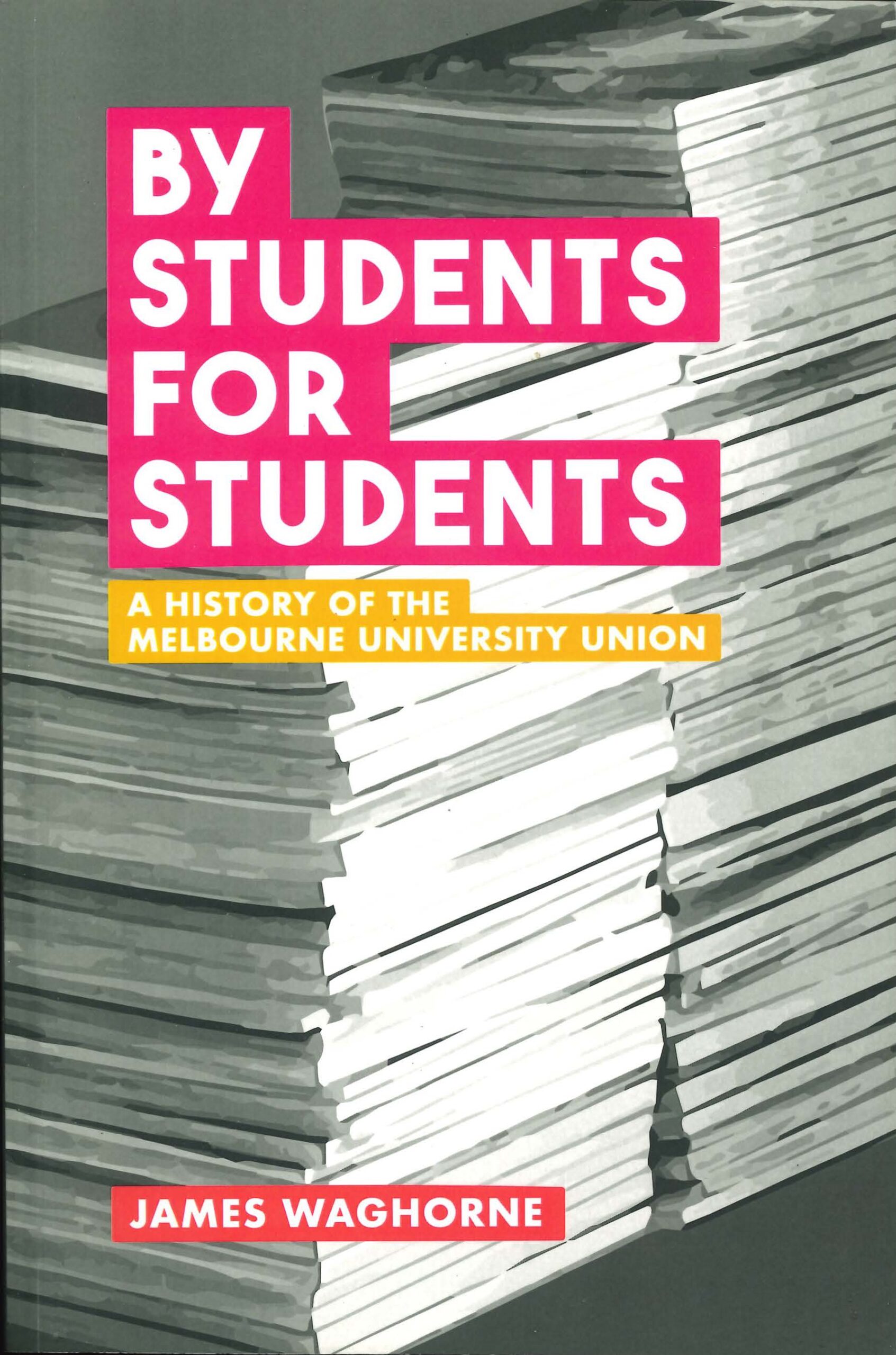

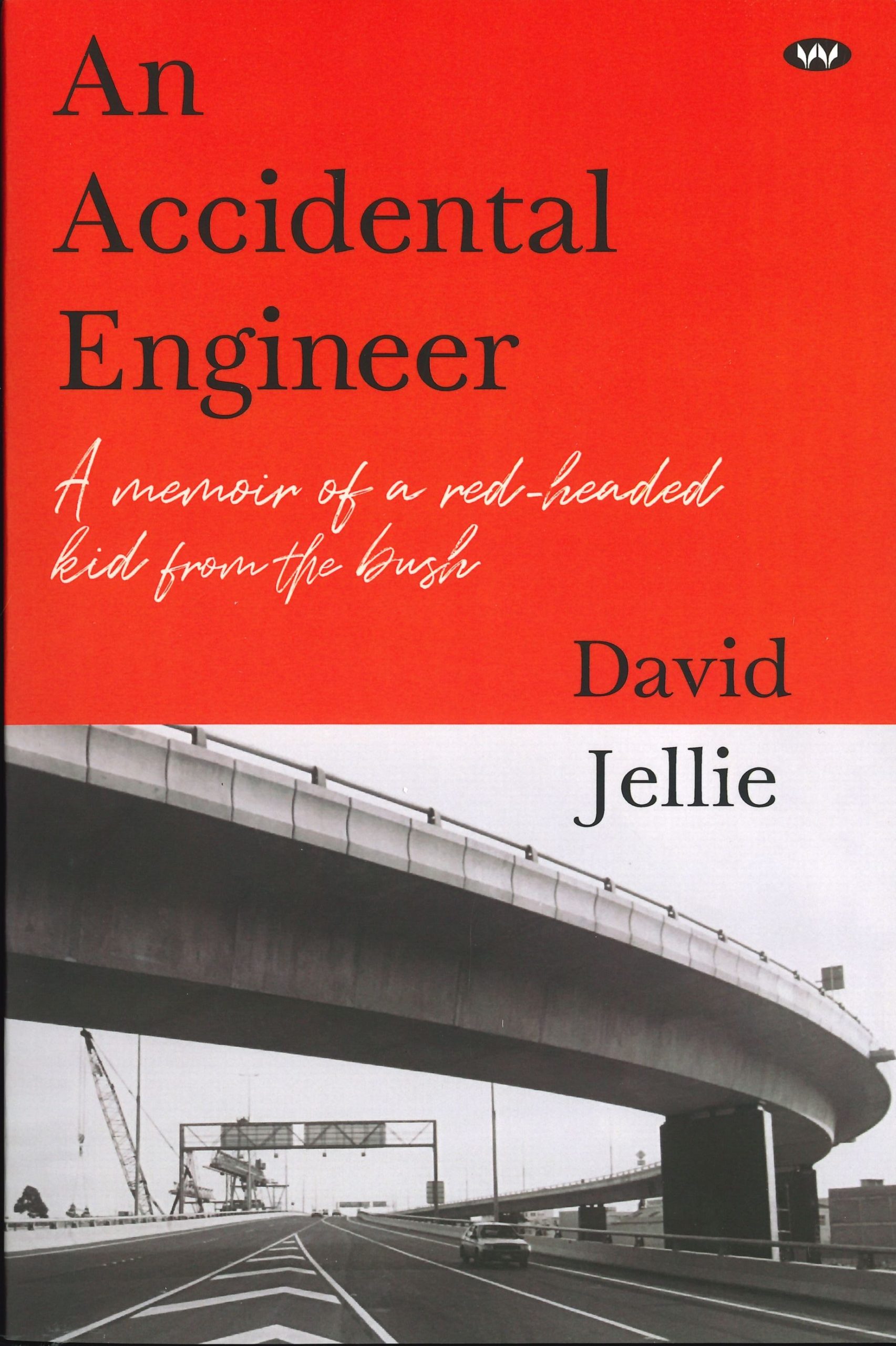

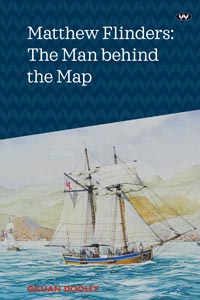
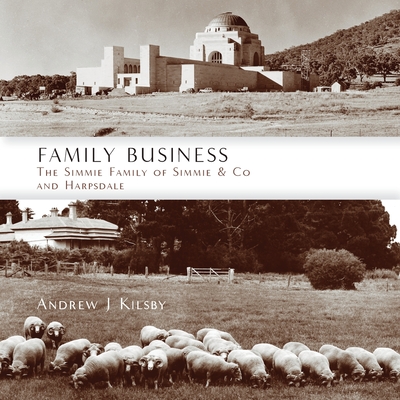
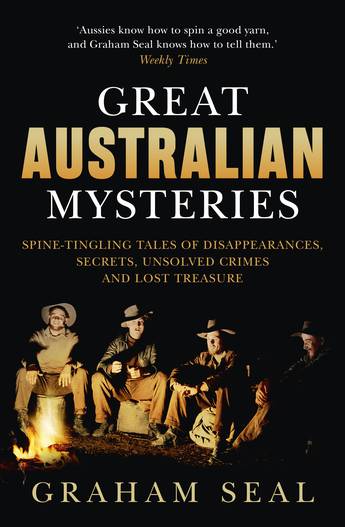
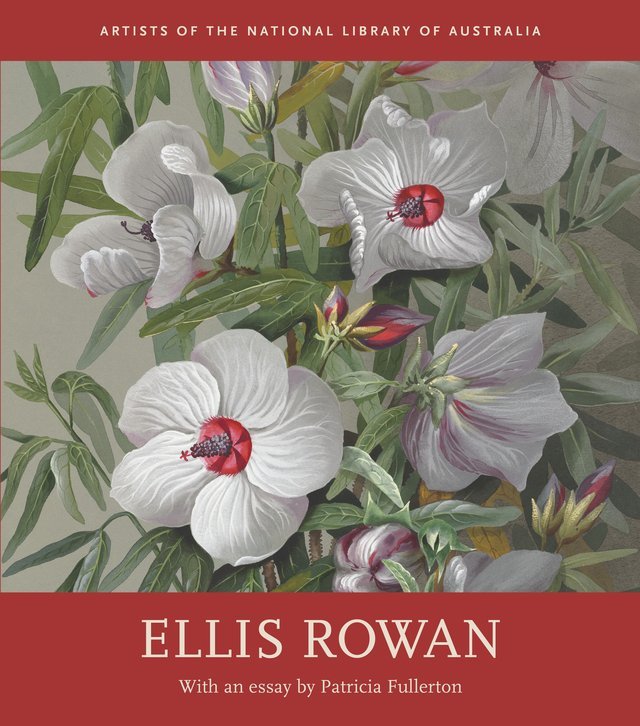

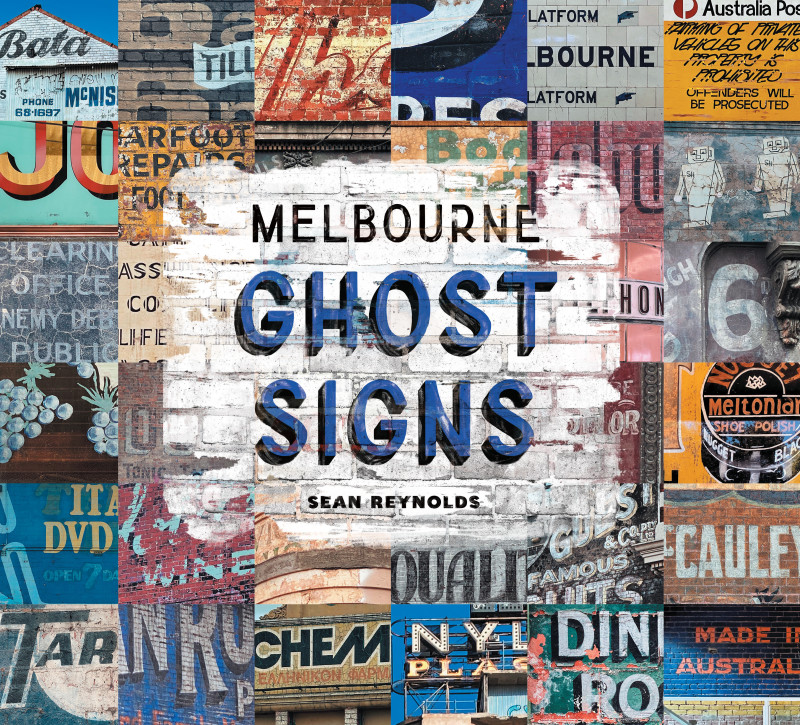

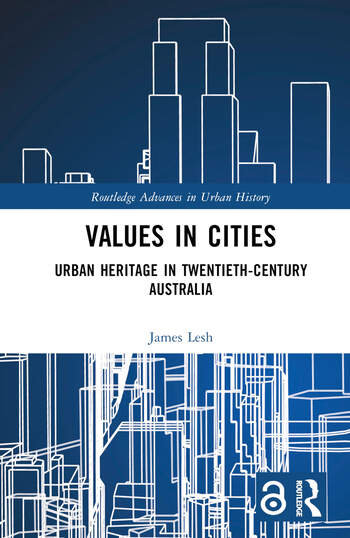
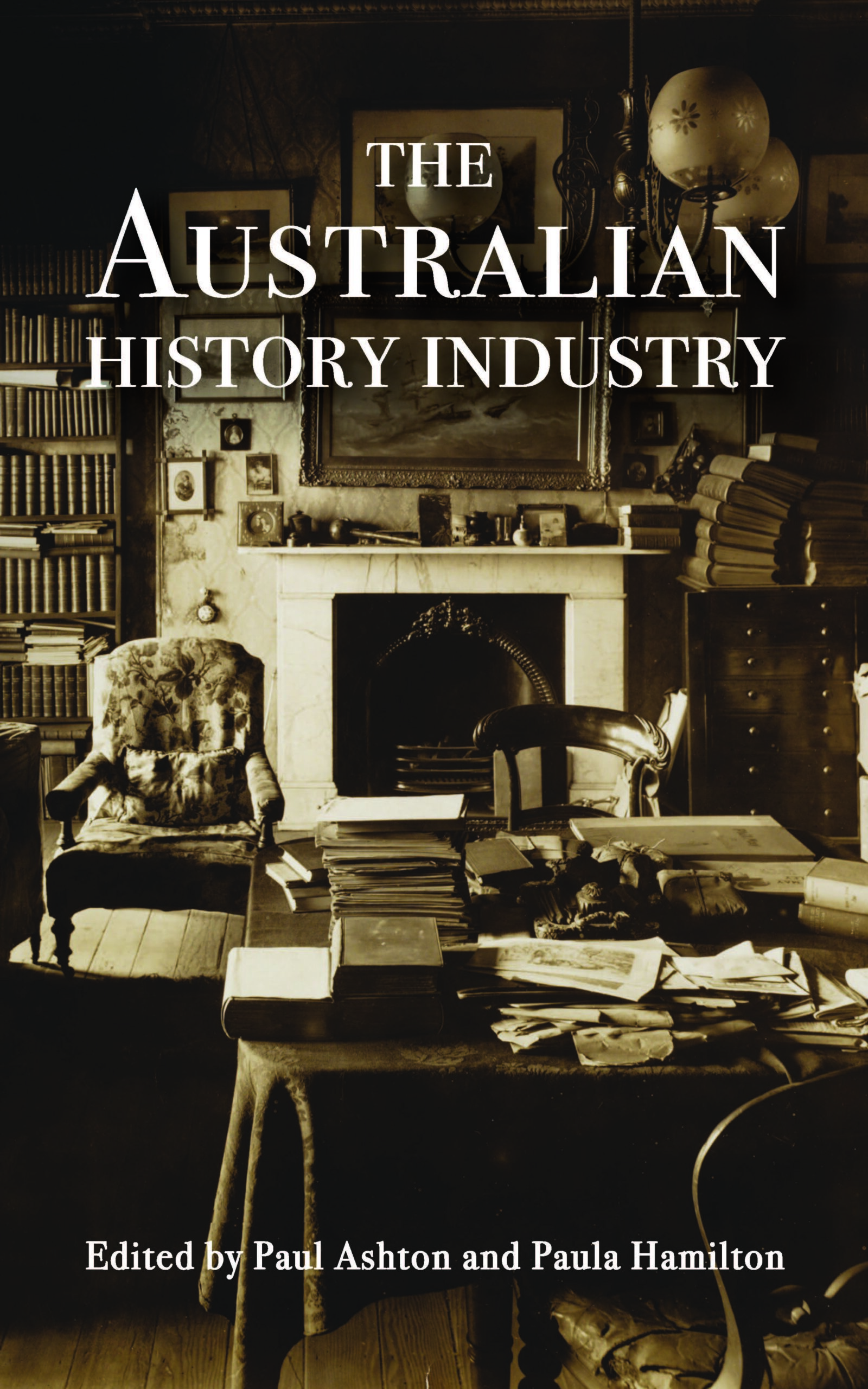
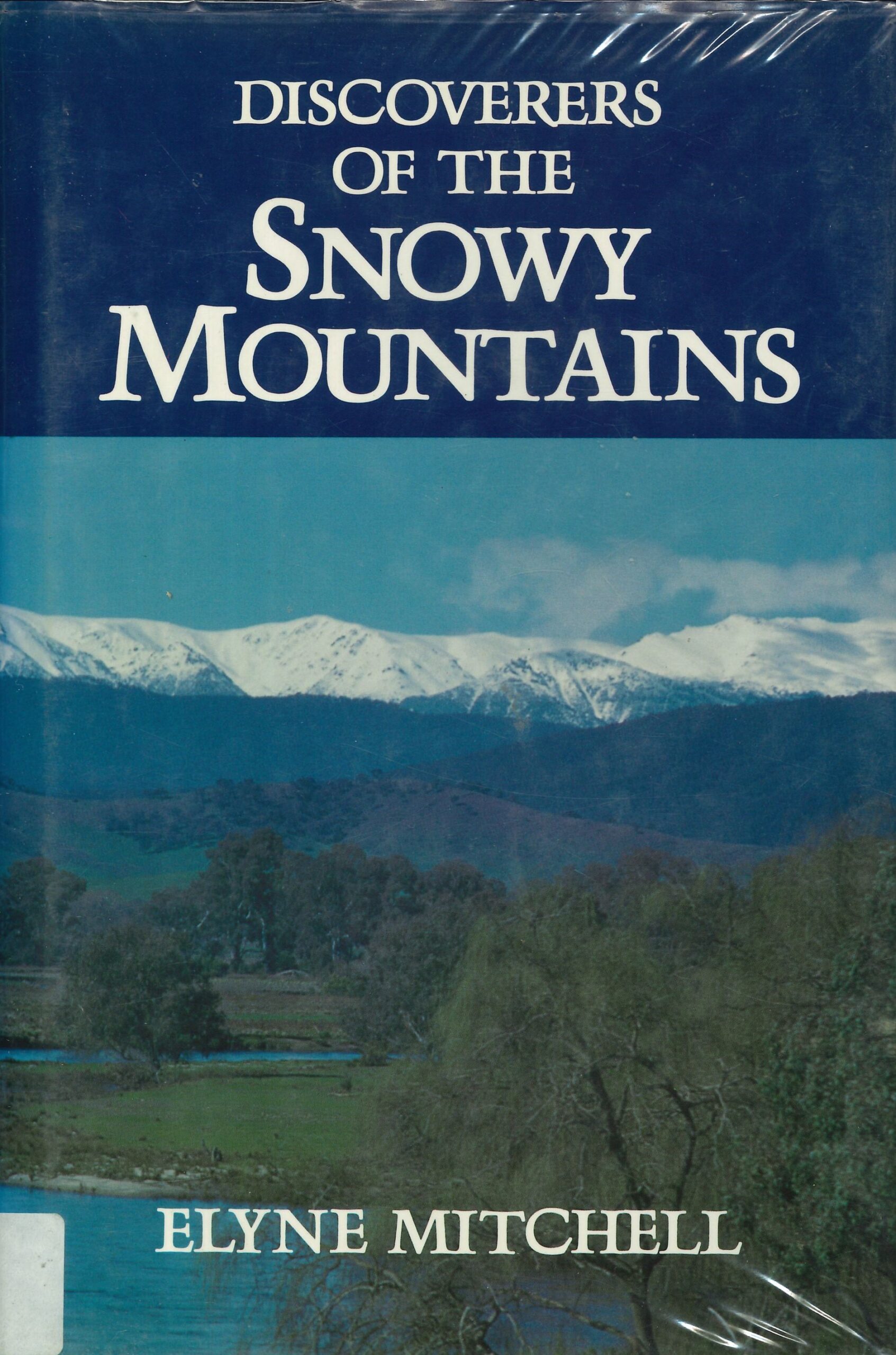
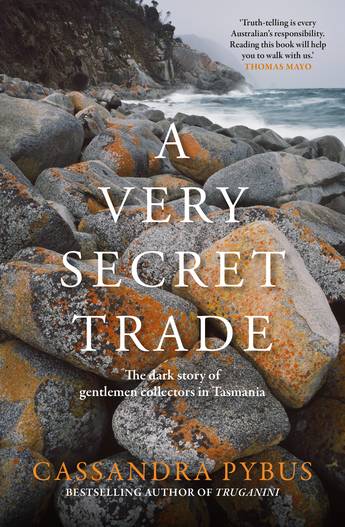
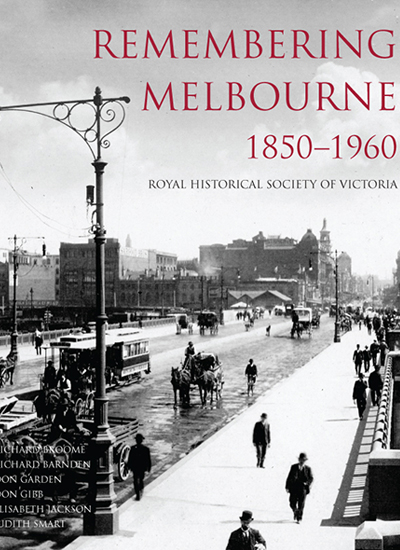
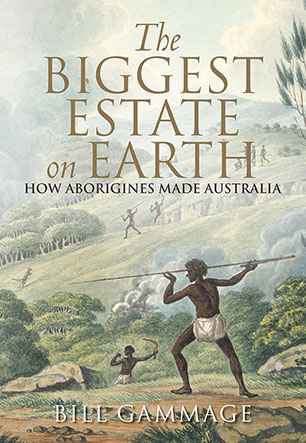
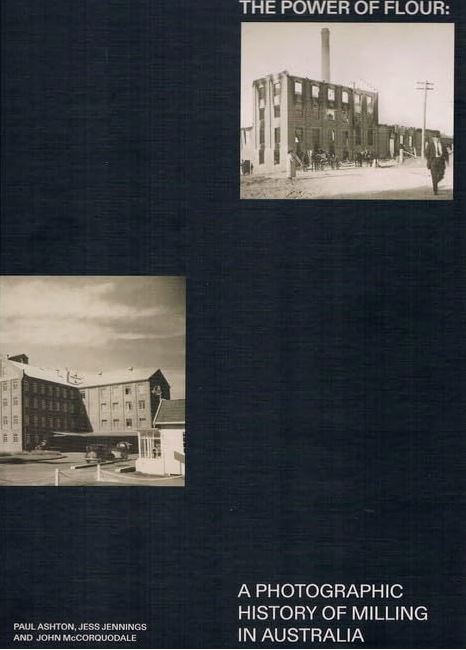
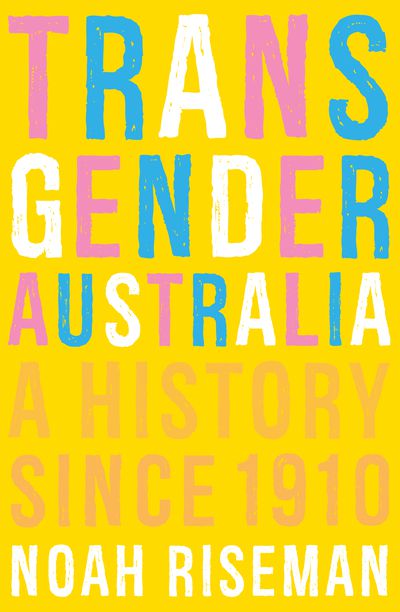







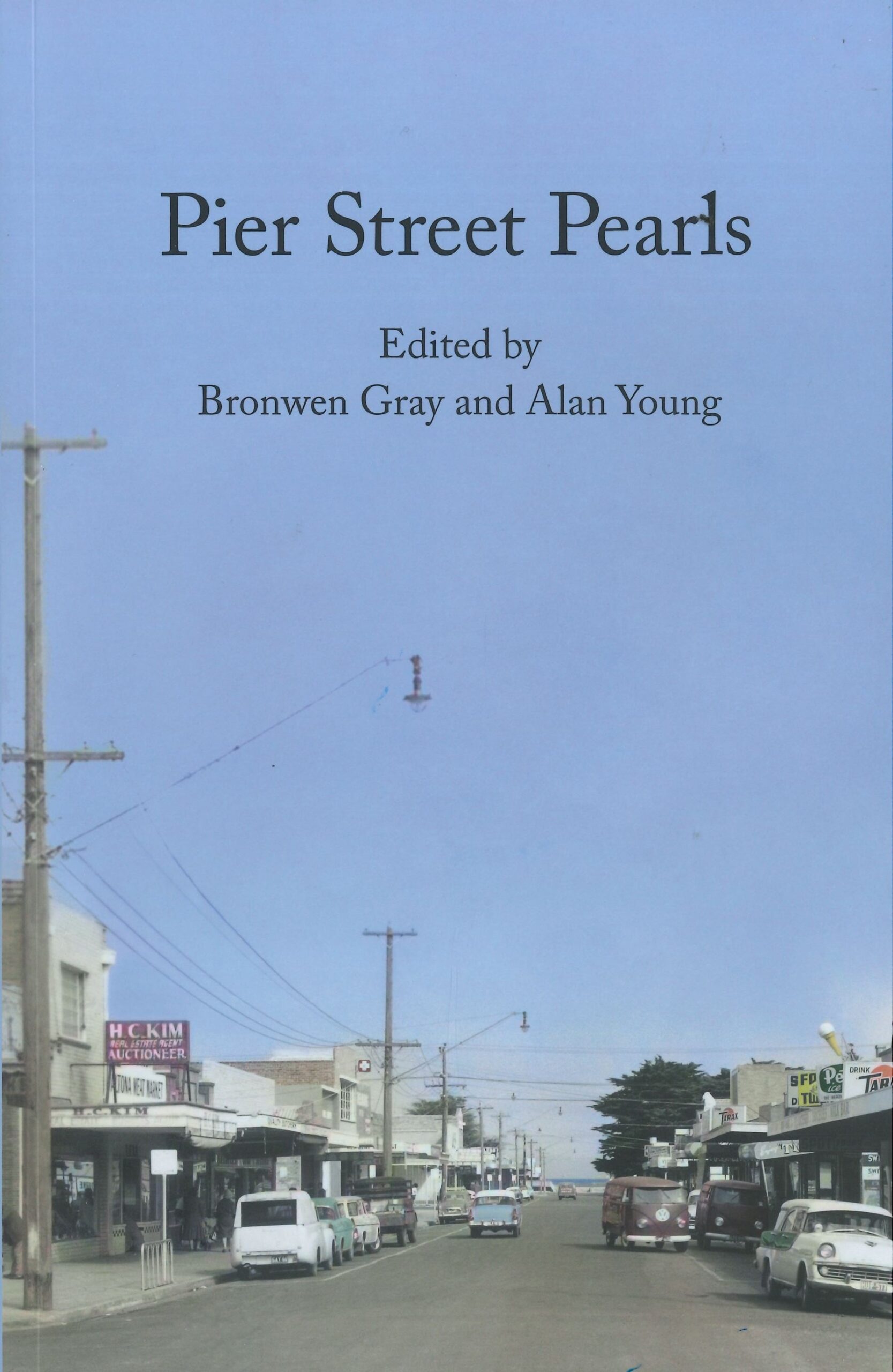
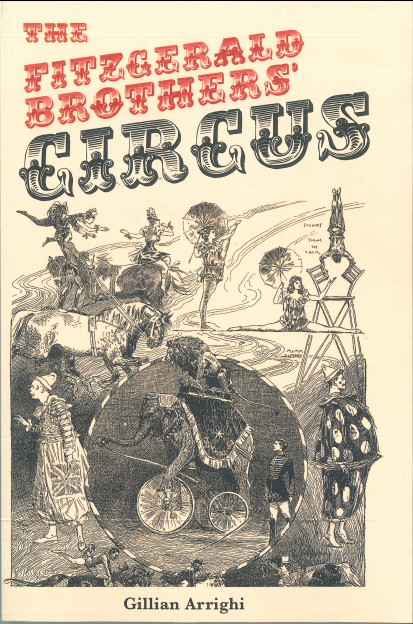


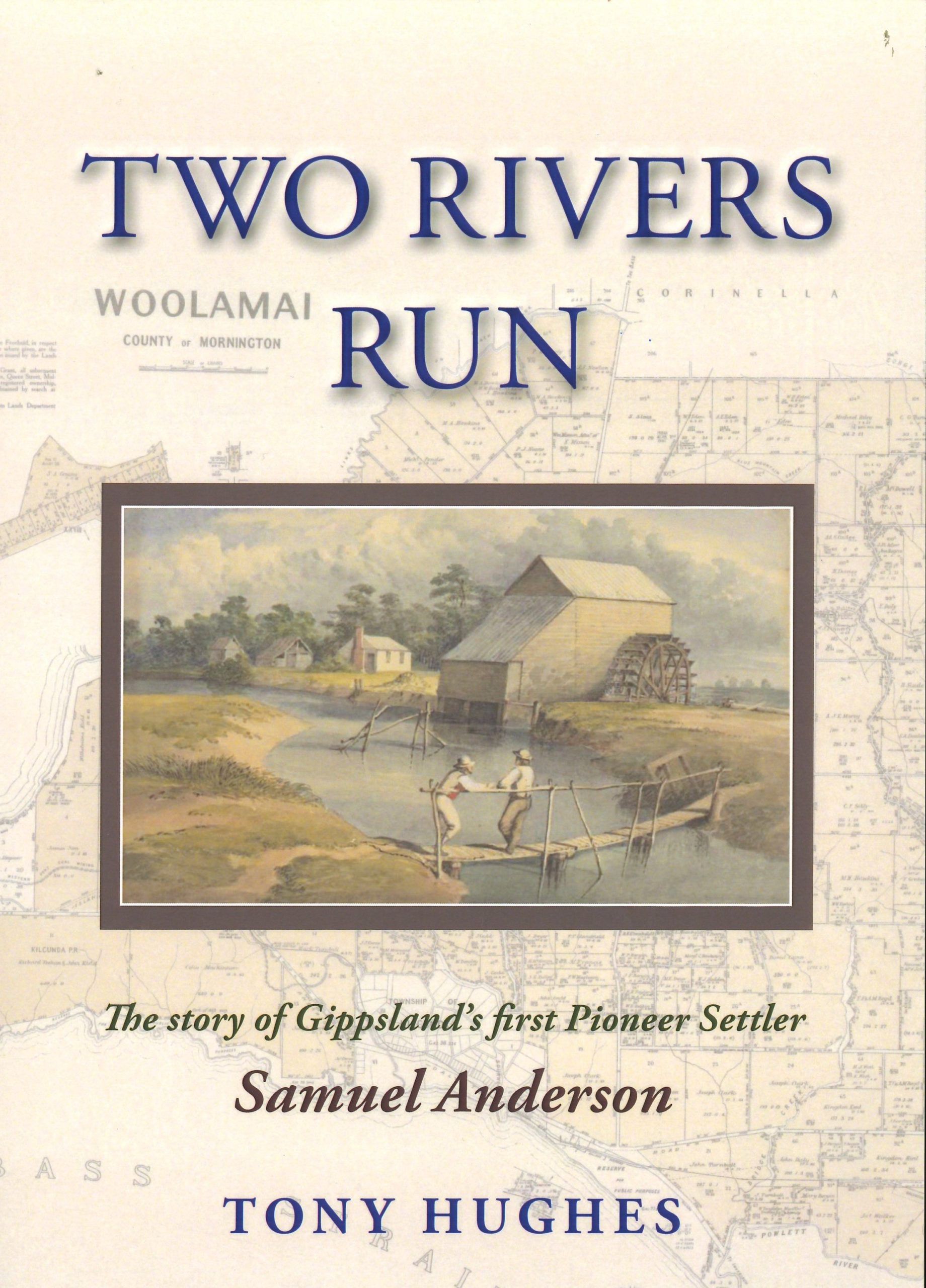
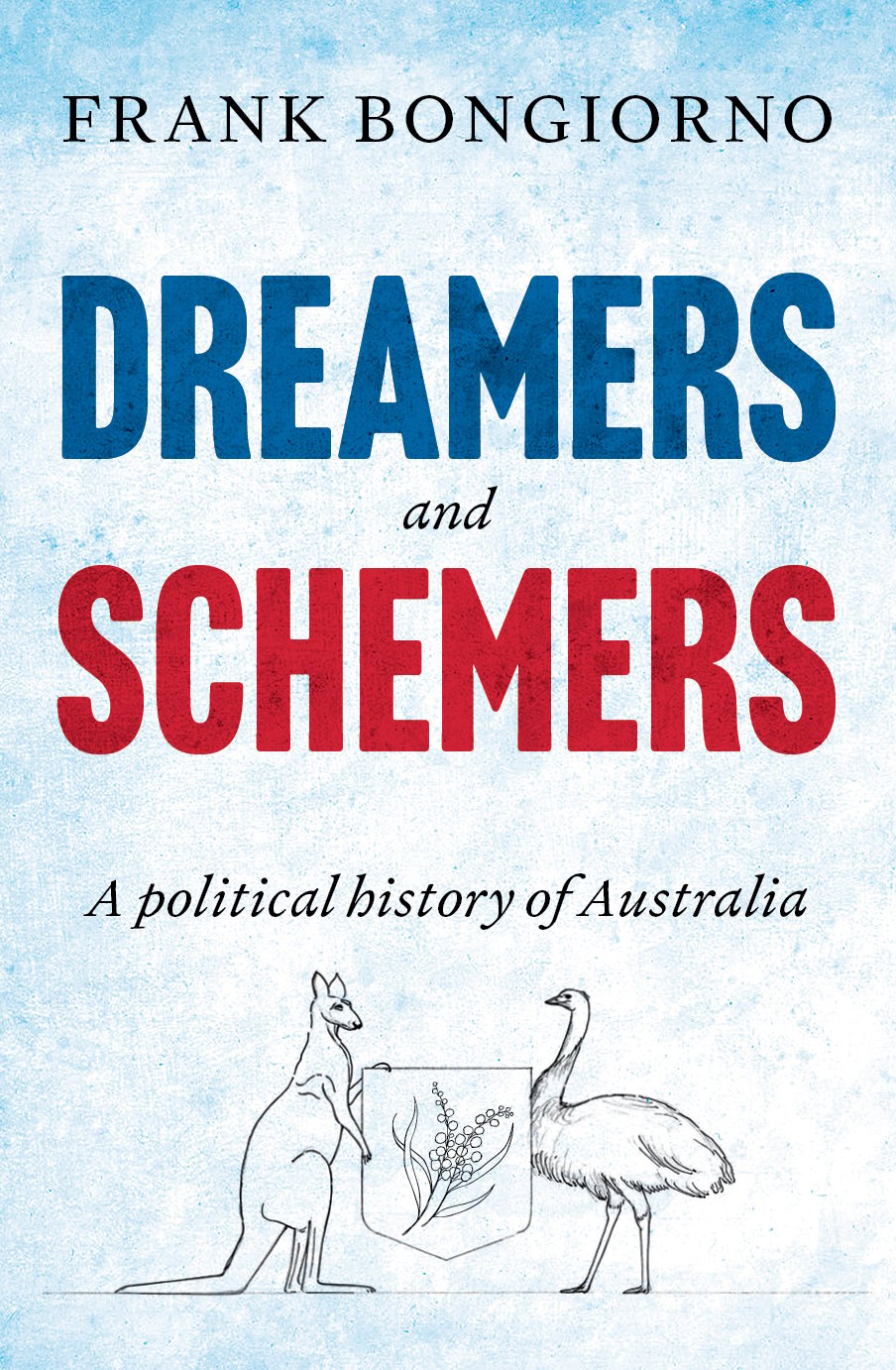

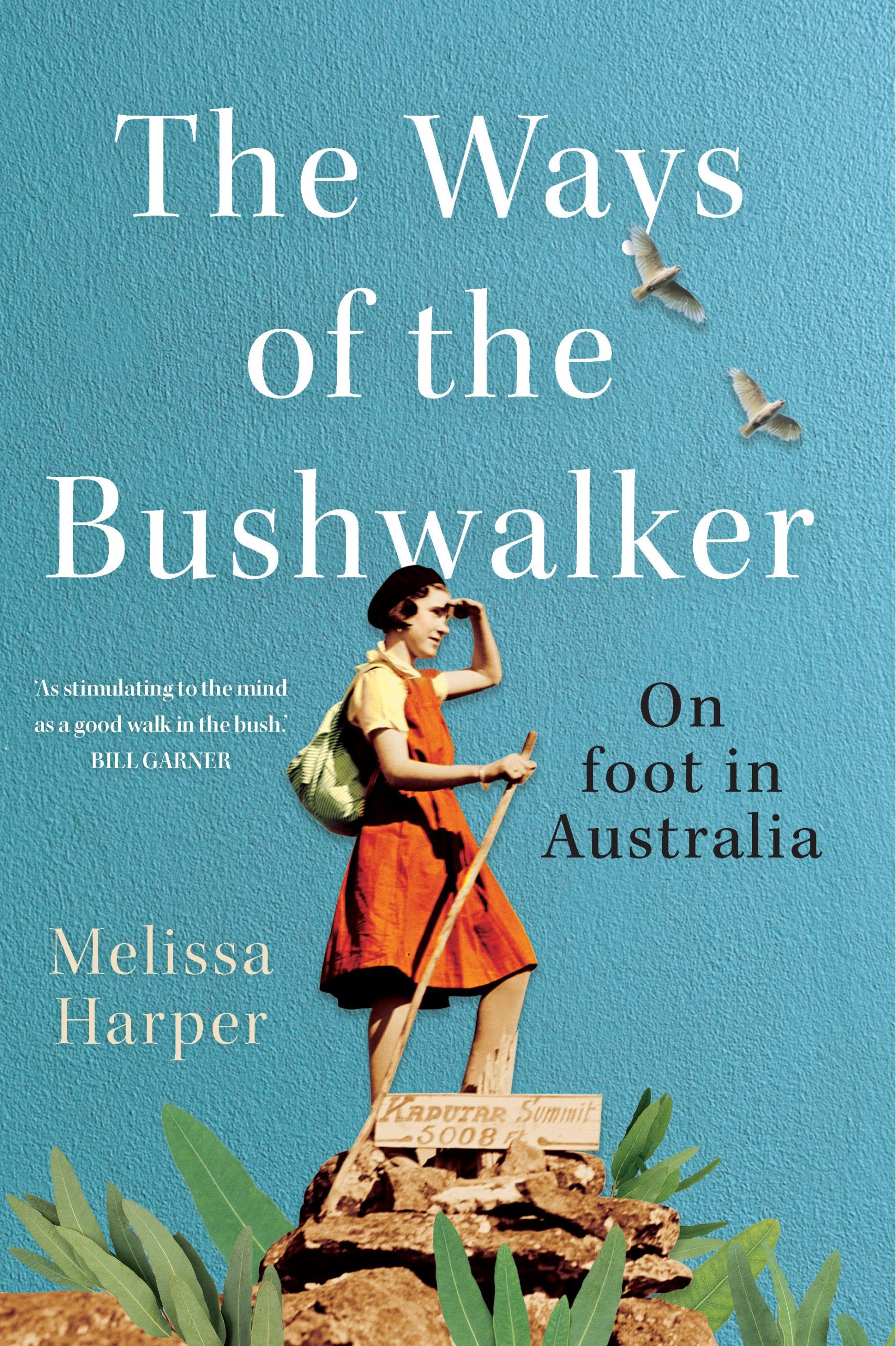
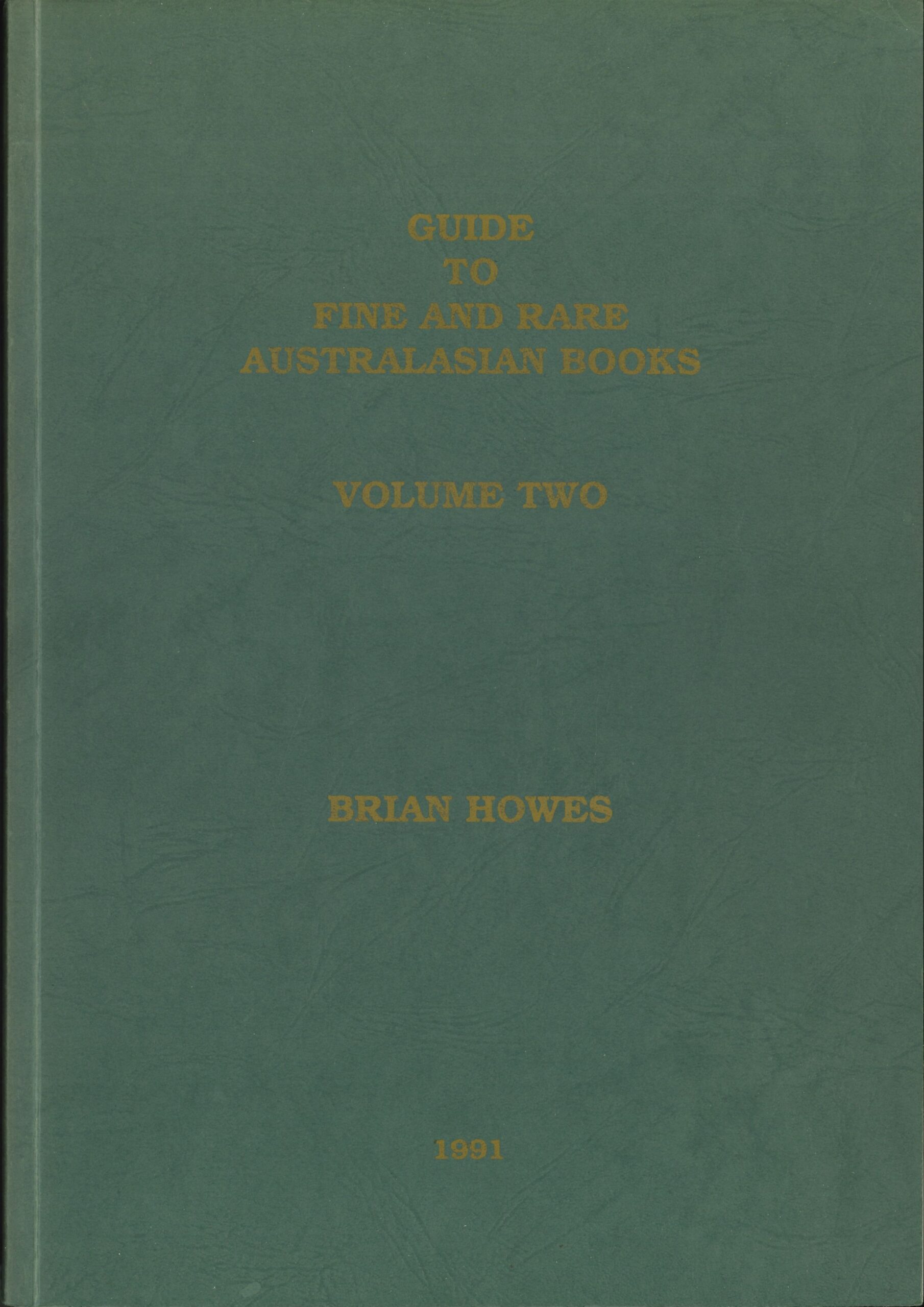
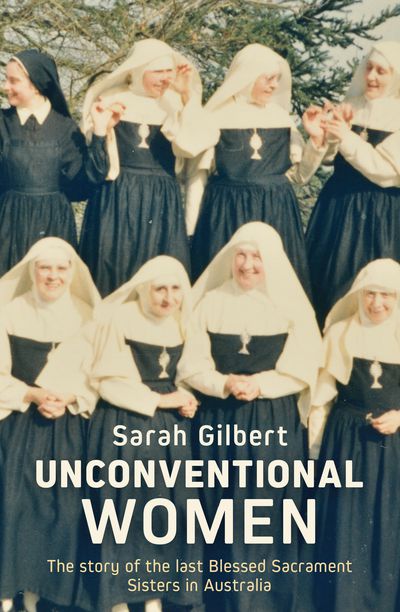

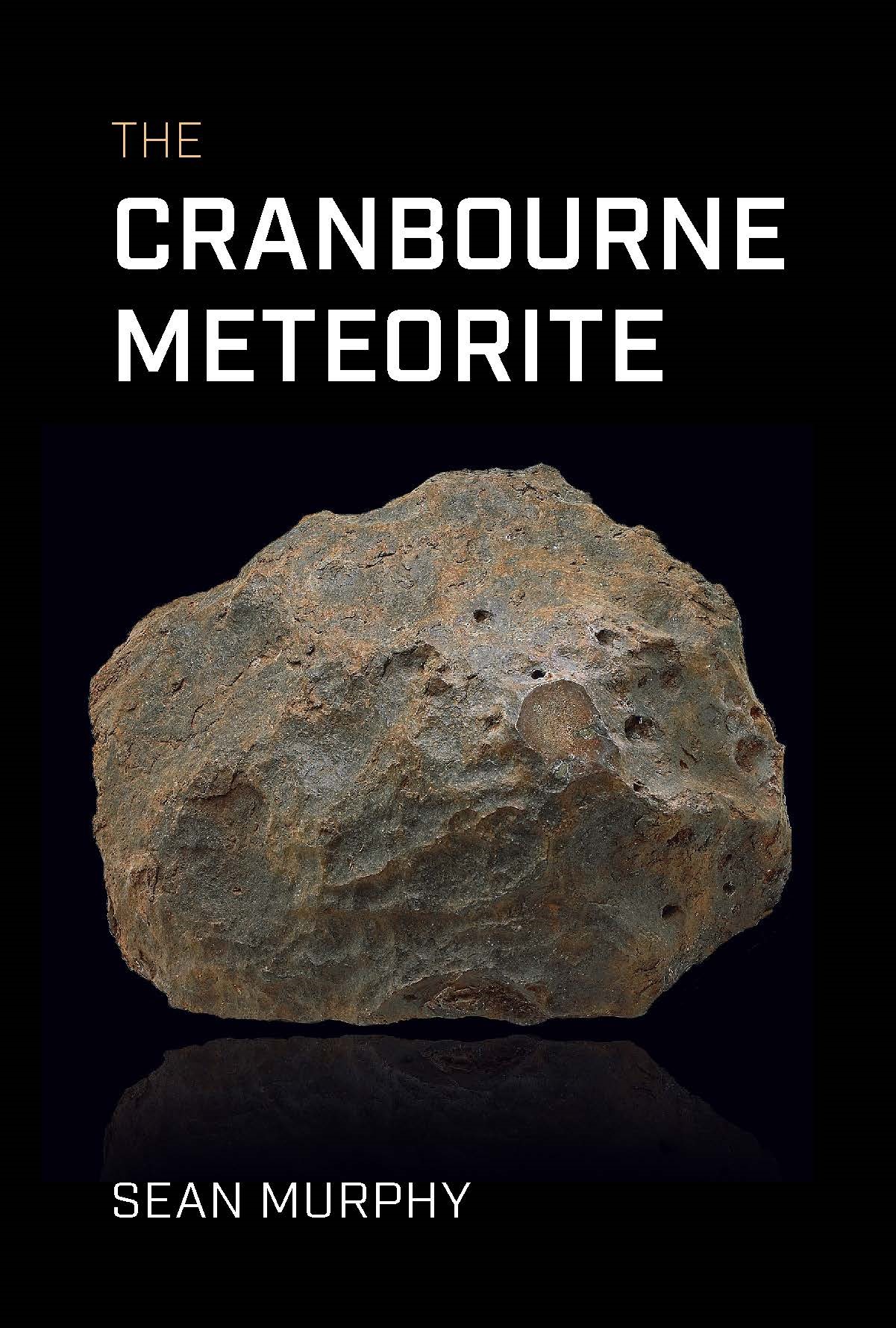




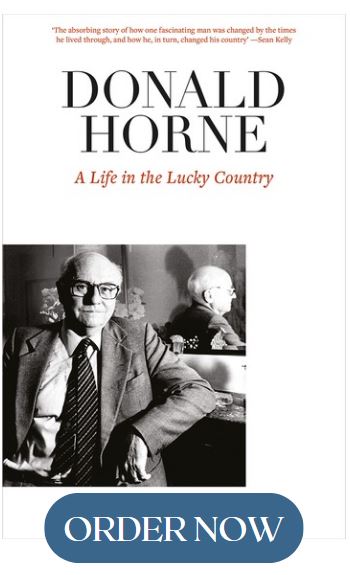
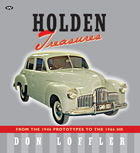


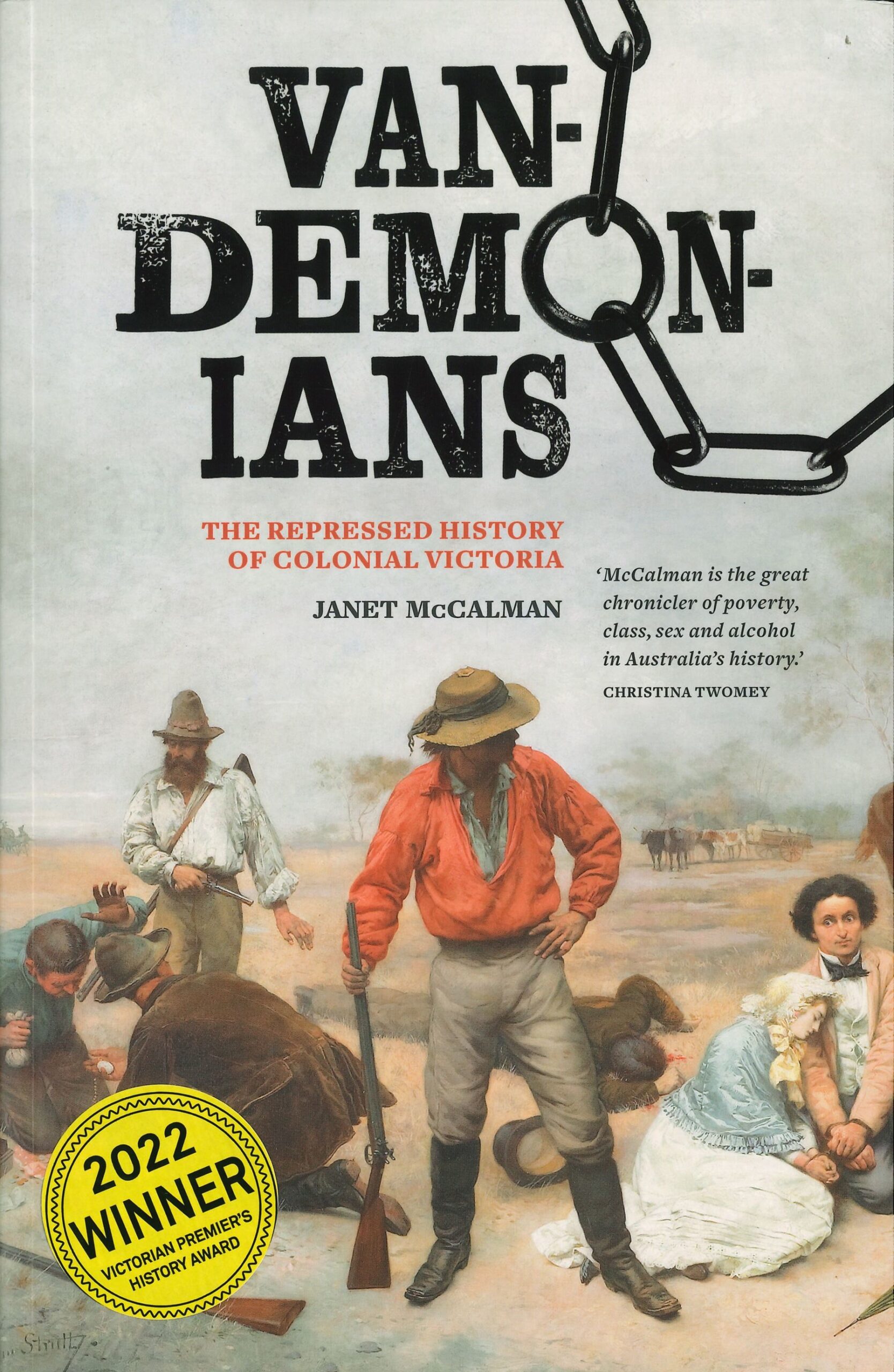
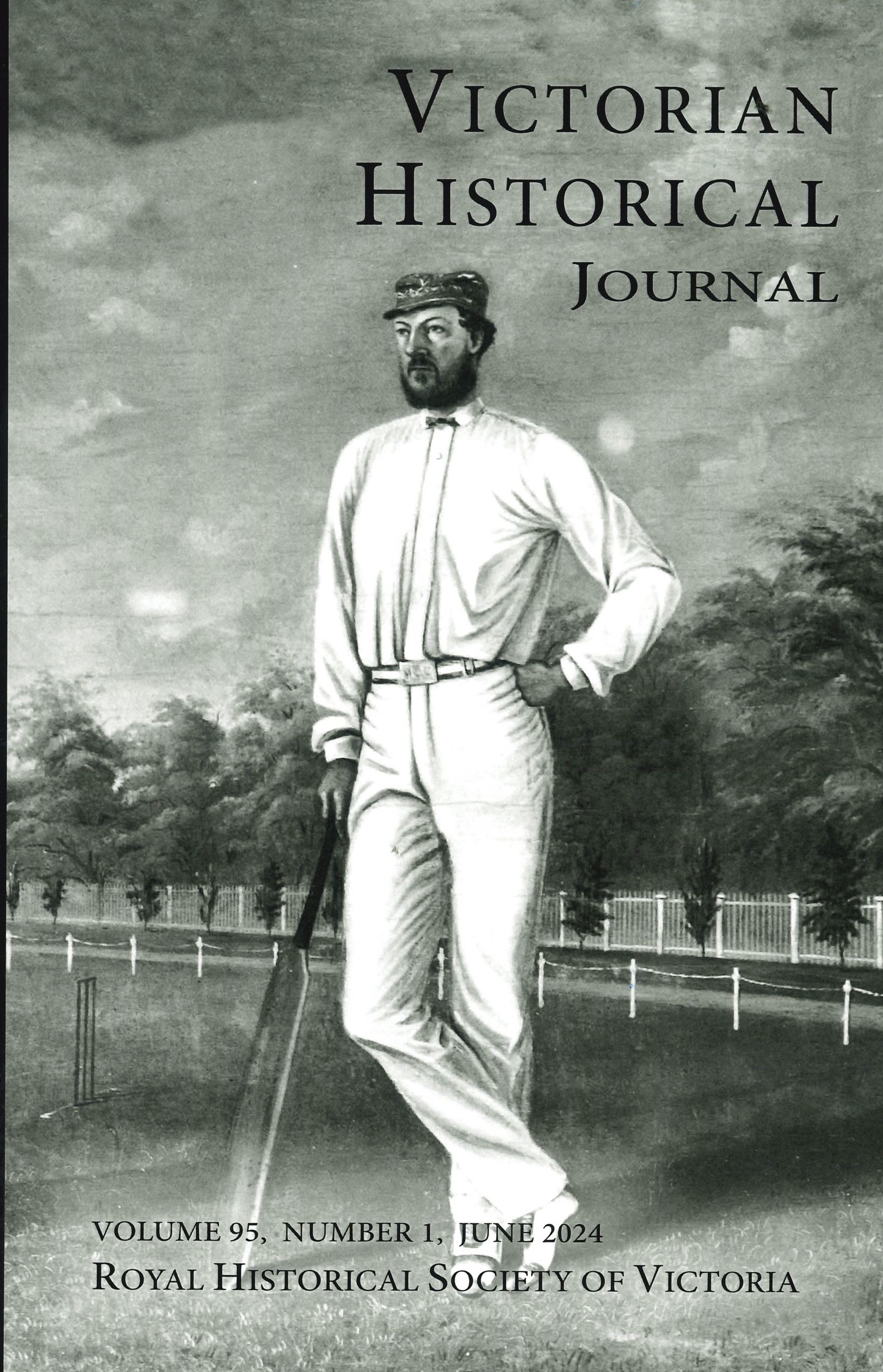


 239 A'Beckett Street Melbourne, Victoria, 3000
239 A'Beckett Street Melbourne, Victoria, 3000  03 9326 9288
03 9326 9288  office@historyvictoria.org.au
office@historyvictoria.org.au  Office & Library: Weekdays 9am-5pm
Office & Library: Weekdays 9am-5pm


Book Reviews Reviews
There are no reviews yet.